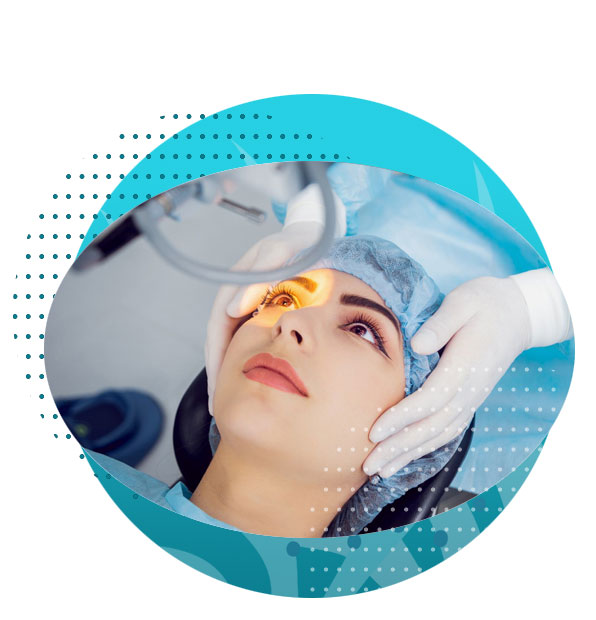Glaucoma
Glaucoma affects 3-4% of the population over the age of 50 and increases in incidence with age. It often does not cause any symptoms. The most common form of glaucoma is chronic and without symptoms in the early stages when it is easiest to treat. Periodic eye checks are recommended in older adults to screen for this condition.
What is glaucoma?
Glaucoma is a group of conditions, where there is a characteristic excavation of the optic nerves and accompanying loss of peripheral vision. There are multiple risk factors, of which the most important is intra-ocular (or within-the-eye pressure).
The optic nerve is in effect a cable composed of bundles of fine nerve cells that connect the eye to the brain to transmit information about vision to the visual cortex of the brain.
Our glaucoma specialist in Sydney can look at the exit of the optic nerve from the retina and see the characteristic shelling out of the nerve.
What are the risk factors for glaucoma?
- Being aged over 50:
- Elevated pressure: The most important risk factor in glaucoma is the elevation of the intraocular pressure (or within-the-eye pressure). The normal range of pressure is regarded as between 10 and 21 mmHg. Most patients with glaucoma have pressure reading greater than 21mmHg.
- Ethnicity
- Other eye conditions, including injuries or surgery
- Hyperopia
- Prolonged corticosteroid use (eye drops, pills, inhalers, creams)
- Conditions that affect or are related to blood flow, including migraine, diabetes, blood pressure
- Myopia
- Corneal thickness less than 0.5mm
Testing and monitoring for glaucoma
Pressure is measured on the slit-lamp microscope.
A visual field test (testing function) defines loss of peripheral vision and can be used to track stability or progression
[diagram of visual field test] [Simulation of tunnel vision}
An OCT scan (testing structure) precisely measures the dimensions of the nerve bundles that enter the optic nerve and gives an objective measurement of damage that is also used to track progress.
What might you notice if you have glaucoma?
In the early stages, there are no symptoms and central vision is normal. Visual loss, although measurable, is not noticed by you.
The condition affects peripheral (as measured by a visual field test) rather than central vision (as measured by the ability to see small letters on an eye chart). However, central vision can be lost in the later, advanced stages of the disease.
What are the goals of glaucoma treatment?
The goal is to prevent the progression of visual field loss. This can preserve the ability to see in the periphery of vision for tasks such as driving and scanning a line or print.
Treatment involves addressing risk factors where possible and long-term control of pressure.
Pressure control can mostly be achieved with eye drops, occasionally assisted by laser treatment. In a small proportion of patients, surgery can be required.
Narrow angles
Sometimes a situation occurs where the front part of the eye is very narrow. This is due to crowding of the anterior chamber of the eye. It is more common in eyes that are hyperopic and increases with age, especially with the development of cataract. It is also more common in women than men and in patients of oriental background.
The presence of narrow-angle can predispose to closure of the drainage structures of the eye causing a severe increase in pressure which can be blinding. While not everyone with a narrow angle will develop glaucoma, examination with a special instrument, a gonio-prism, enables the ophthalmologist to detect which patients are at greatest risk.
Laser treatment, involving the creation of a microscopic aperture in the peripheral iris, can protect such predisposed eyes from the development of glaucoma. This is carried out at the clinic, usually at the time of the initial consultation and a follow-up visit is arranged to check on the laser aperture.

Sydney eye specialists with glaucoma expertise
We pride ourselves in high level of patient care, aiming to provide each patient with individualised attention from your first consultation and well beyond your eye surgery recovery.
WORKING HOURS
ASHFIELD EYE CLINIC
Located conveniently in the centre of Ashfield (opposite the Holden Street entrance to Ashfield Mall), the clinic is only 5 minutes from the train station.
Ground Floor, 2 Holden St
Ashfield, Sydney, NSW 2131



